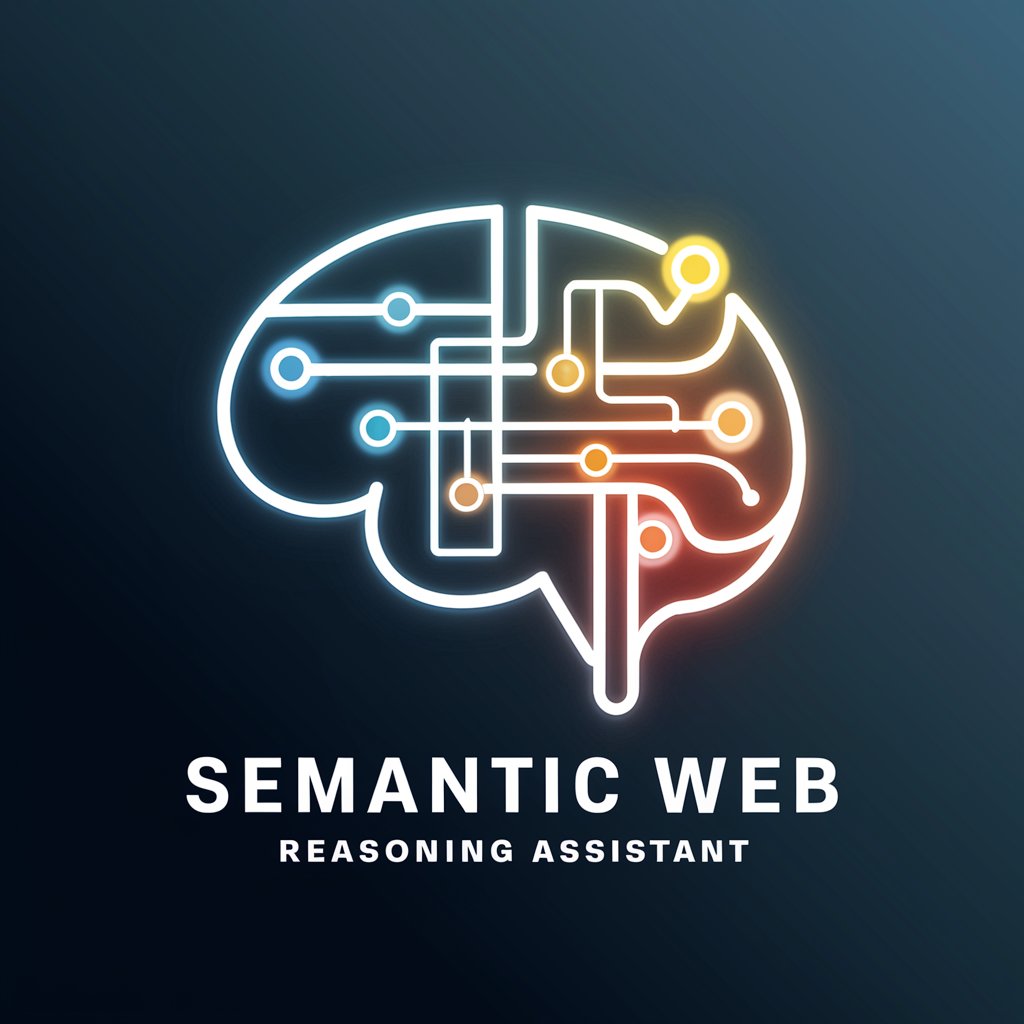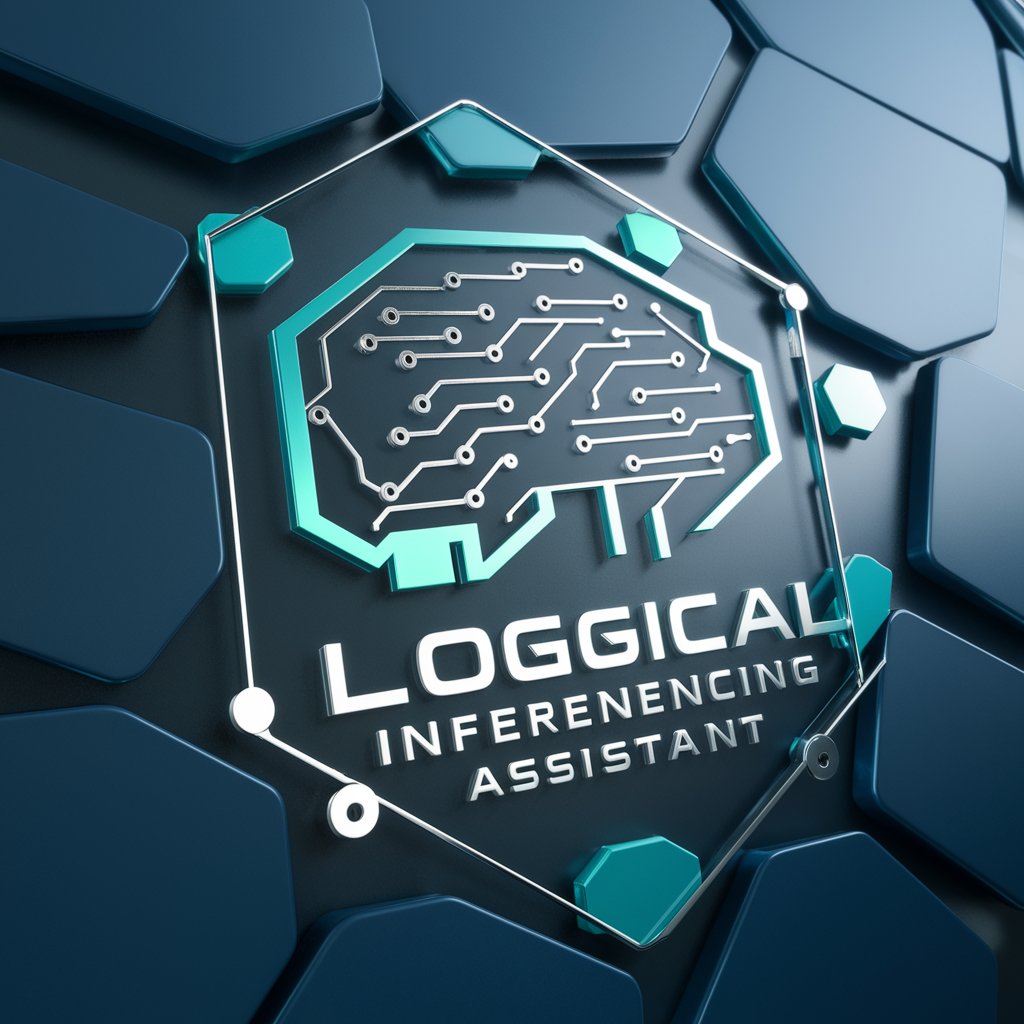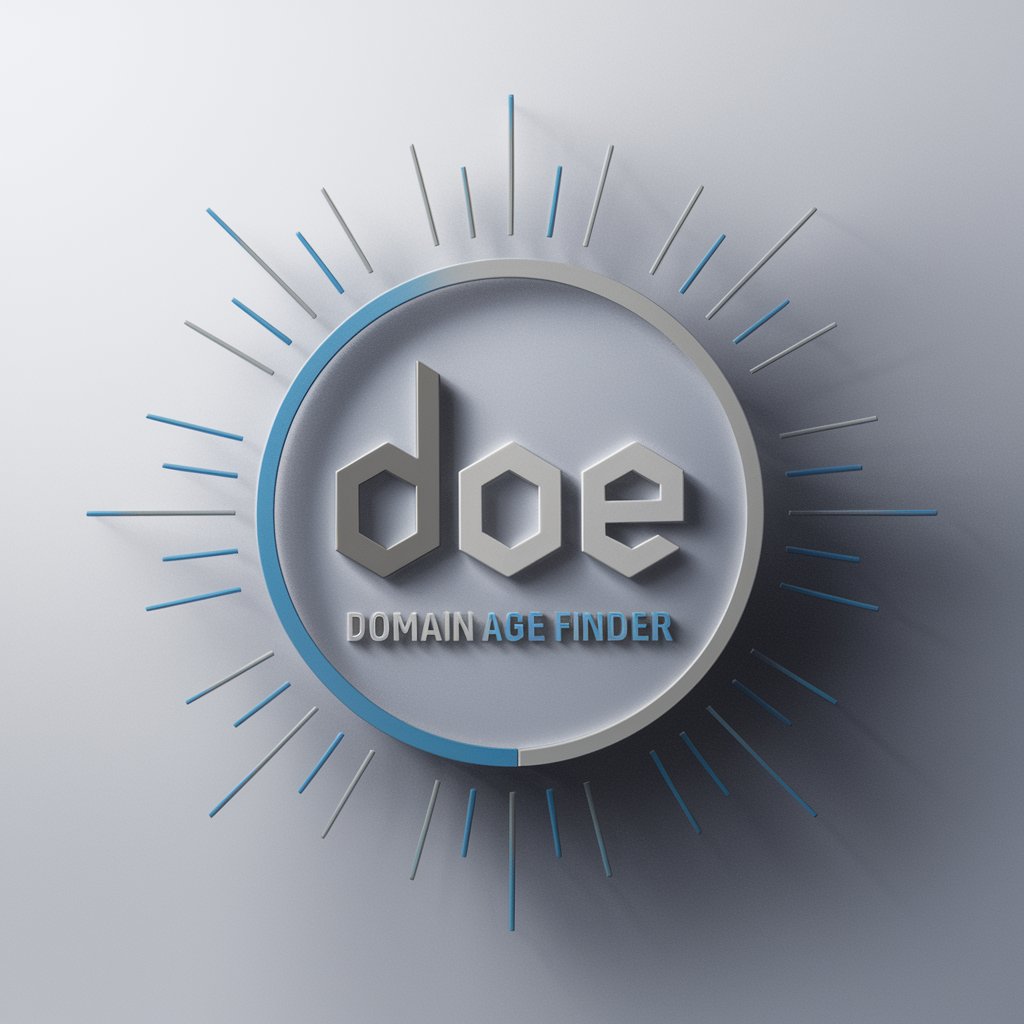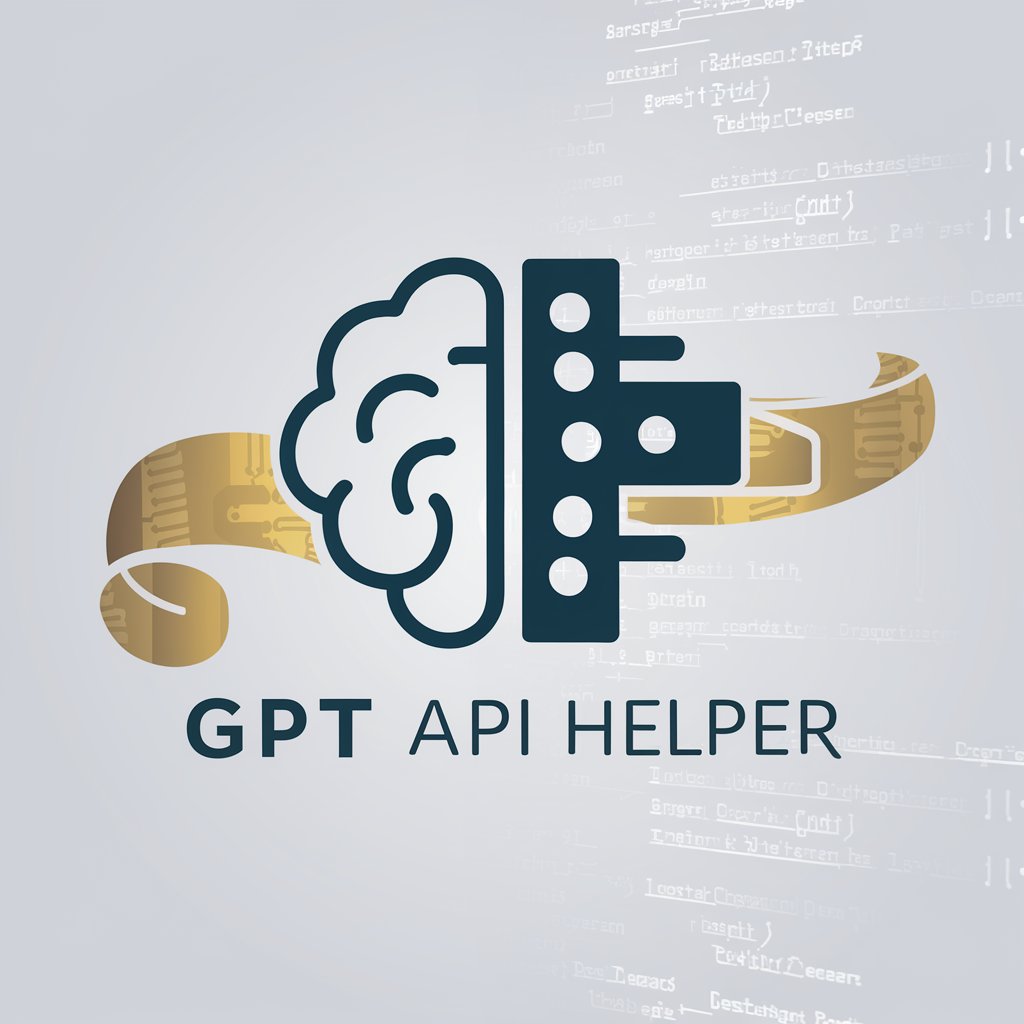Semantic Web Reasoning Assistant (Experimental) - Semantic Web Reasoning

Welcome to the Semantic Web Reasoning Assistant, your partner in advanced knowledge discovery.
Empower insights with AI-powered Semantic Web Reasoning
Describe the process of deriving new knowledge using semantic web technologies.
Explain the role of RDF and OWL in the Semantic Web Reasoning Assistant.
How does the Semantic Web Reasoning Assistant utilize OWL ontology for reasoning?
What are the benefits of using a reasoning system like the Semantic Web Reasoning Assistant?
Get Embed Code
Overview of Semantic Web Reasoning Assistant (Experimental)
The Semantic Web Reasoning Assistant (Experimental) is designed to facilitate complex reasoning over semantic data. Its core functionality revolves around deriving new knowledge and making discoveries by utilizing Semantic Web technologies, specifically Resource Description Framework (RDF) and Web Ontology Language (OWL). By integrating these technologies, it enables the representation of data in a machine-readable format and allows for the application of logical rules to infer new information. For example, given a dataset describing various animals and their characteristics, the assistant could infer new relationships or classifications based on the existing rules and data (e.g., if 'All mammals have hair' and 'Dolphins have hair', then 'Dolphins are mammals'). Powered by ChatGPT-4o。

Core Functions and Real-world Applications
Ontology Creation and Management
Example
Developing an ontology for a medical research database to classify diseases based on symptoms and causes.
Scenario
Researchers can use the assistant to create and refine ontologies that categorize diseases, enabling more efficient data retrieval and analysis for medical research and diagnosis.
Semantic Data Integration and Reasoning
Example
Integrating data from multiple sources to infer new relationships between different scientific datasets.
Scenario
In environmental science, the assistant can help integrate data from climatology, oceanography, and biology to infer new insights into climate change impacts on marine ecosystems.
Knowledge Discovery and Inference
Example
Discovering new facts from existing datasets, such as identifying potential drug interactions from pharmaceutical databases.
Scenario
Pharmacologists can leverage the assistant to analyze drug databases and infer potential interactions or side effects, thus aiding in safer drug development and prescription practices.
Target User Groups
Academic Researchers
Researchers in fields such as biology, environmental science, and linguistics can use the assistant to manage complex datasets, develop domain-specific ontologies, and derive new hypotheses or insights from their data.
Data Scientists and Analysts
Professionals who work with large, heterogeneous datasets can benefit from the assistant's capabilities to integrate and reason over data from diverse sources, facilitating more informed decision-making.
IT and Knowledge Engineers
Experts in developing knowledge-based systems can utilize the assistant to design, implement, and maintain ontologies and semantic web technologies, improving the intelligence and efficiency of their systems.

Using Semantic Web Reasoning Assistant (Experimental)
Start with YesChat.ai
Access Semantic Web Reasoning Assistant (Experimental) for an initial trial without the need to sign in or subscribe to ChatGPT Plus at yeschat.ai.
Choose a topic
Select a specific topic or domain of interest for which you seek to generate knowledge or derive new insights using Semantic Web technologies.
Provide detailed input
Input detailed facts and rules related to your chosen topic. The more comprehensive and structured your input, the better the quality of reasoning and outputs.
Review generated ontology
Examine the OWL ontology and RDF representation generated based on your input, which illustrates the logical structure and relationships within your topic.
Iterate for refinement
Use the derived insights to refine your input and repeat the process if necessary. This iterative approach helps in uncovering deeper connections and insights.
Try other advanced and practical GPTs
Battle Buddy
Deciphering fictional battles with AI power.

TPM Craft Advisor
Empowering TPM with AI

Decision Support Assistant - Helps Make Decisions
Empowering Decisions with AI Insight

Reformed Theology Guide
Unlocking Biblical Truths with AI

Computer expert
Empowering your tech journey with AI

HINDI
Empowering Hindi Communication with AI

Logical Inferencing Assistant (Experimental)
Empower your reasoning with AI

Financial Analyst Assistant
Empower Your Finance with AI

Domain Age Finder
Unlock domain history with AI

Bollywood Insider
Discover the Richness of Indian Cinema, AI-Powered

Latest Beauty & Makeup Innovations
Empowering Beauty Choices with AI

GPT API Helper
Elevate your projects with AI assistance

FAQs on Semantic Web Reasoning Assistant (Experimental)
What is Semantic Web Reasoning Assistant (Experimental)?
It's an AI-powered tool designed to facilitate the generation of knowledge using Semantic Web technologies. It helps users create and reason with OWL ontologies and RDF graphs to derive new insights.
How does it apply to academic research?
In academic research, it can be used to model complex domains, enabling researchers to define, relate, and infer new knowledge about their subjects of study in a structured manner.
Can it assist in data integration?
Yes, by representing data in RDF and reasoning with OWL, it assists in integrating disparate data sources, providing a unified view and facilitating the discovery of new relationships.
Is it suitable for beginners?
While it offers advanced capabilities, beginners with a basic understanding of Semantic Web principles can use it effectively with guidance and iterative learning.
How does it support decision-making?
By deriving new facts and rules from existing data, it provides a basis for informed decision-making in various fields such as business, science, and technology.
